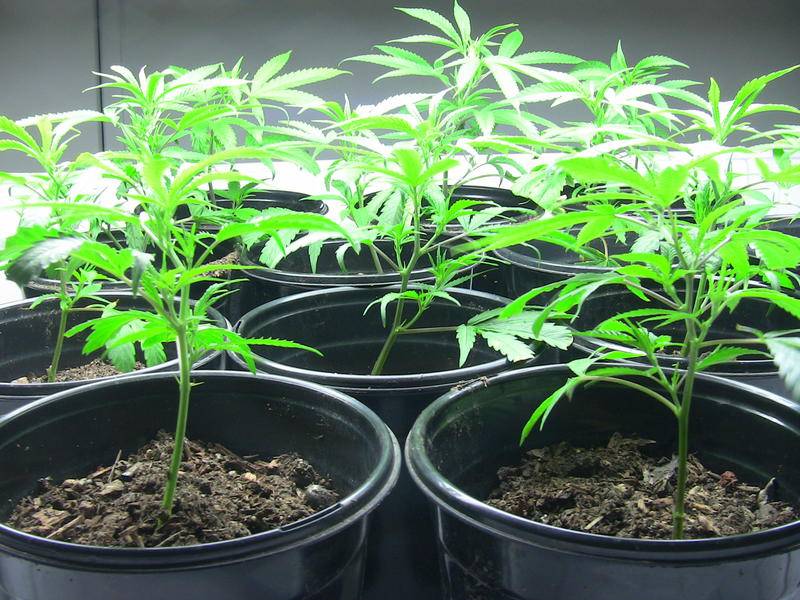Hi,
I expect the answer is yes, but maybe some opinions or alternatives. I have 18 plants in soil. I don't mind watering by hand right now. I mix nutes and ph in a 2 gallon bucket because it's easier to wrap my head around as a beginner. I pull the water from a 32 gallon reservoir.
I guess it doesn't matter how I do it, the water still needs to be oxygenated, right? If so, would a pump rated for 40 gal and an 8 inch air stone work? What's the best size for an air stone that would sit at the bottom of a trashcan reservoir?
Thanks much!
phil



I expect the answer is yes, but maybe some opinions or alternatives. I have 18 plants in soil. I don't mind watering by hand right now. I mix nutes and ph in a 2 gallon bucket because it's easier to wrap my head around as a beginner. I pull the water from a 32 gallon reservoir.
I guess it doesn't matter how I do it, the water still needs to be oxygenated, right? If so, would a pump rated for 40 gal and an 8 inch air stone work? What's the best size for an air stone that would sit at the bottom of a trashcan reservoir?
Thanks much!
phil


